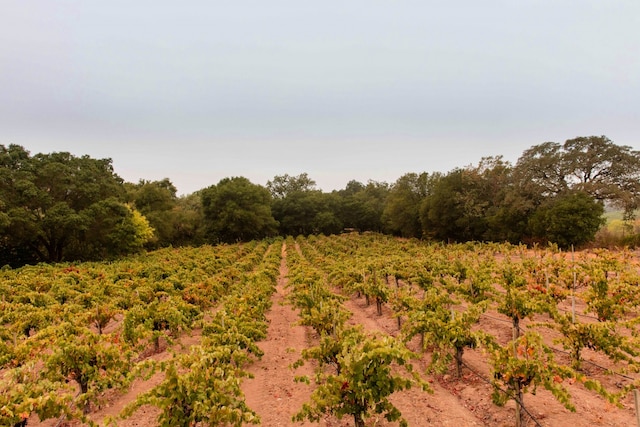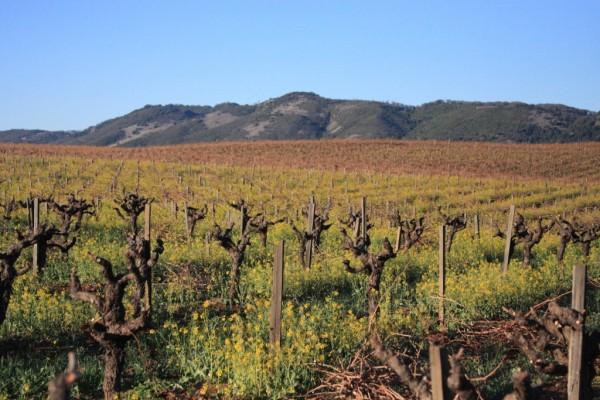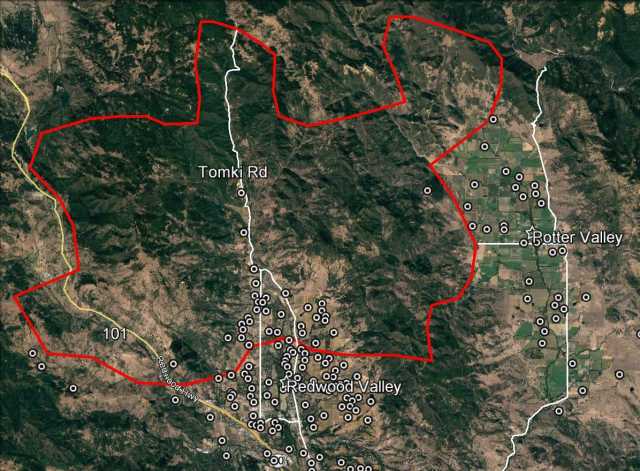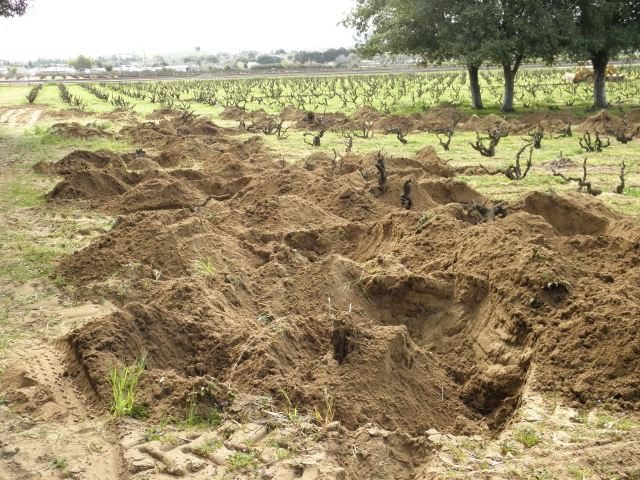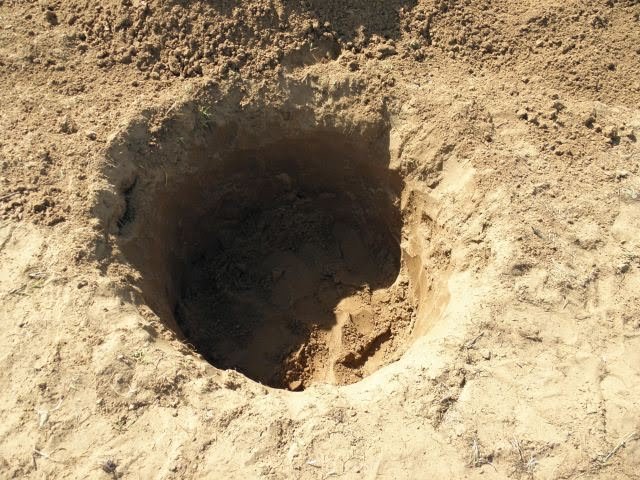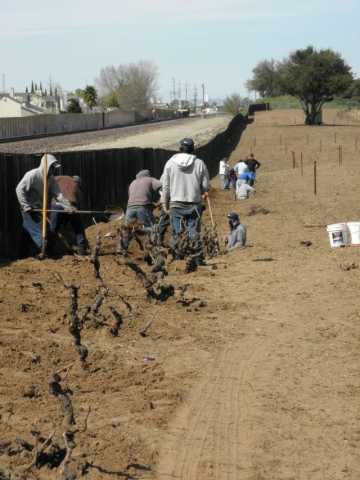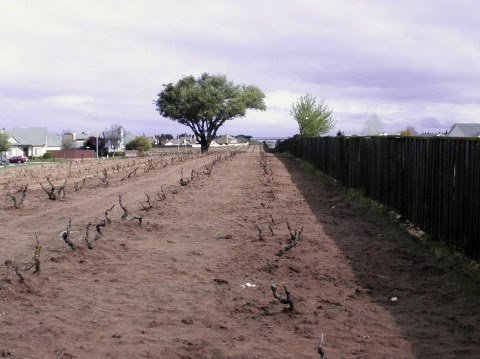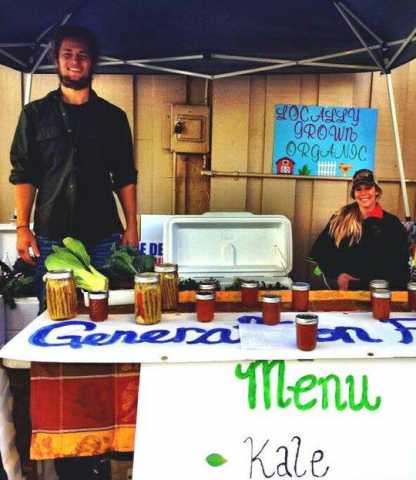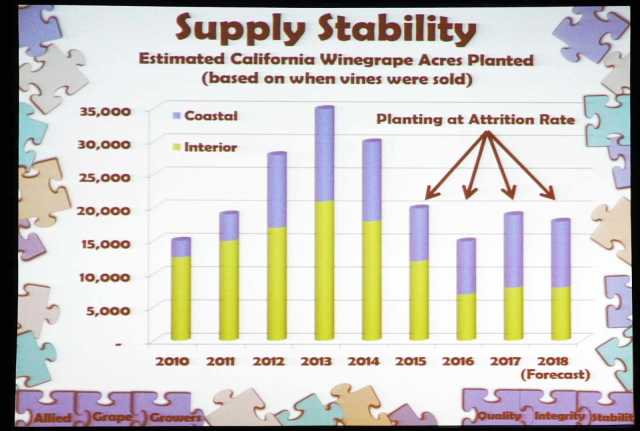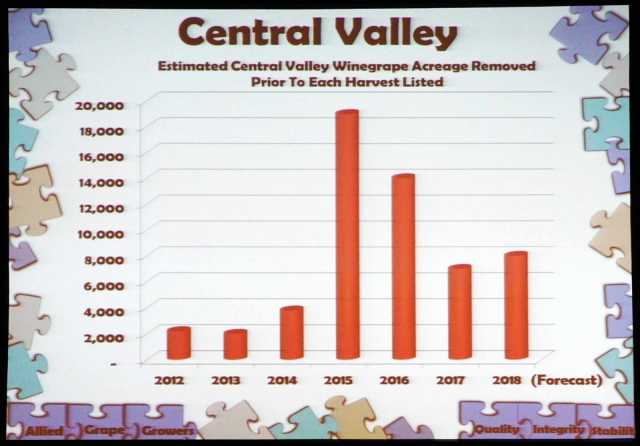What steps are winegrape-growing communities taking to save pre-existing vineyards?
I have asked myself this question several times (at least) over the past couple of years, yet I have not found many promising answers.
Firstly, a county or city must be dedicated to actively working directly with the growers/landowners. Legislation that merely states that old vineyards are important or special doesn’t do anything in the real world.
Secondly, the landowners must have a desire to embrace any protective measures provided by legislation. The final decision is up to them.
Here are a few opportunities for vineyard owners to utilize, should it be a priority for them:
State of California’s Sustainable Agricultural Lands Conservation Program (SALC) website
"The SALC Program complements investments made in urban areas with the purchase of agricultural conservation easements, development of agricultural land strategy plans, and other mechanisms that result in GHG reductions and a more resilient agricultural sector.
"The program invests in agricultural land conservation with revenue from the California’s California Climate Investments (CCI) Fund, made available for projects that reduce greenhouse gas emissions while providing additional benefits to California communities. CCI is derived from quarterly cap-and-trade auction proceeds, which are administered by the California Air Resources Board.
“The Department of Conservation works in cooperation with the Natural Resources Agency and the SGC to implement the program.”
California’s Strategic Growth Program SALC website
“Sustainable Agricultural Lands Conservation:
Protecting California’s Agricultural lands from development”
SGC: “Vision”
“Protecting California’s Agricultural Lands from Development: The loss of prime California farmland is a threat to the economic vitality and environmental sustainability of the state.”
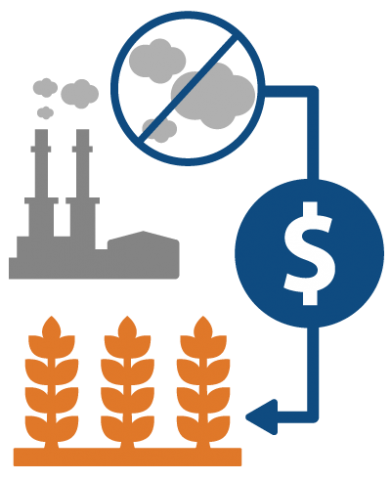
"Combatting Sprawl
"The SALC program simultaneously supports California’s food security and encourages infill development and low-carbon transportation to curb sprawl.
“Urban sprawl not only increases greenhouse gas emissions and air pollution, as people have to drive further to get where they need to go, but also encroaches on agricultural lands that both store carbon and sustain our economy.”
“How does the SALC Program encourage climate-smart development?” (PDF file)
Contra Costa Agricultural-Natural Resource Trust: “Our Work”
“Sometimes, land that isn’t public is still in the public interest—a centuries-old family farm, a working ranch that includes important wetlands, or development areas with creeks and protected species. We work with landowners who would like to preserve the value they derive from the land while also honoring its value to the community. As the Trust’s portfolio of protected land grows, we continue to direct our attention towards the sustainability and stewardship of these areas by providing resources to landowners on conservation and stewardship practices and requirements. We reflect our commitment to the sustainability and maintenance of the lands we protect with every action we take.”
ANRT “Easements 101”
"IN THE LAST 30 YEARS, THE BAY AREA HAS LOST 217,000 ACRES of agricultural land to sprawl development—a total area equivalent to seven San Franciscos. Contra Costa County agriculture contributes $225 million to the local economy. Yet the county has had nearly 20% of its agricultural land paved over since 1990, and much of what’s left is still threatened by imminent development pressure.
"Close to urban areas, Bay Area farmers and ranchers are under more pressure than their counterparts in more rural areas of the state. The cost of land and other inputs is higher and the potential for conflict with urban uses is greater. To stay in business, agriculture in this region must overcome these competitive disadvantages.
"WHAT IS A CONSERVATION EASEMENT?
"A conservation easement is a voluntary legal agreement by which a landowner chooses to limit certain uses of his or her land in order to conserve some value it provides. Land placed into a conservation easement still belongs to the landowner, and the landowner retains the rights to sell the land or pass it to heirs.
“Most landowners with conservation easements continue to live on and manage the land for farming, ranching, timber, recreation, and other uses. These agreements are tailored to meet the needs and long-term goals of each landowner. ANRT ensures that the mutually agreed-upon terms and conditions of the conservation easement are honored, and acts as a resource for landowners as they work toward these goals.”
ANRT “Mitigation/Conservation Efforts”
"California is now the nation’s most populous and fastest growing state. But the popularity comes at a price. In the last 25 years, California has paved over more than a million acres of land, much of it prime farmland. What’s worse, the state’s urban areas contain less than 10 people for every acre developed – the very definition of low-density urban sprawl. If current trends continue, another two million acres will be lost by 2050.
"Mitigation Conservation Easements are easements that are required in order to help offset expected adverse impacts of development on loss of farmland, habitat or riparian areas. These are paid for by the developer or mitigating group.
Santa Clara Valley Open Space Authority: “Santa Clara Valley Agricultural Plan”
“The Santa Clara Valley Agricultural Plan (Plan), an innovative approach to agricultural preservation that will reduce future conversion of local farmland and the associated increase in greenhouse gas emissions while growing a vibrant local food economy that contributes to our quality of life.”
BACKGROUND
Santa Clara County has a rich agricultural history and was once recognized as the ‘Valley of Heart’s Delight’ famous for its orchards and canneries. Many are not aware that the County still has 24,000 acres of farmland that generates 8,100 jobs and $830 million in economic output. However, in the past 30 years alone, the County lost 21,171 acres of farmland and rangeland to development and an additional 28,391 acres are currently at risk of being developed. If we lose more of our farmland, it would not only diminish our local food source, but also result in a loss of the iconic rural character of Santa Clara Valley, important jobs and farms central to our agricultural economy, and would generate significant greenhouse gas emissions.
“To protect California’s irreplaceable croplands and rangelands, the State of California launched the Sustainable Agricultural Lands Conservation Program (SALCP) in 2015. The Plan is funded in part by SALCP which provides cap and trade funding to protect agricultural lands in order to reduce greenhouse gas emissions to meet California’s climate change goals. In partnership with the cities of San Jose, Morgan Hill, and Gilroy, the Authority and the County are mapping agricultural lands in Santa Clara Valley for conservation and identifying the regional greenhouse gas reduction potential.”
• First Growth Farmers website
As I have pointed out in the “Contra Costa Wine Heritage” thread, some landowners are reluctant to participate in vineyard conservation steps that require the establishment of easements.
While I might not agree with that decision, the City of Oakley’s work in saving its vineyards is an ongoing project. The Oakley issue is a race against time that, sadly, may continue with vineyard losses left and right.
![]()
